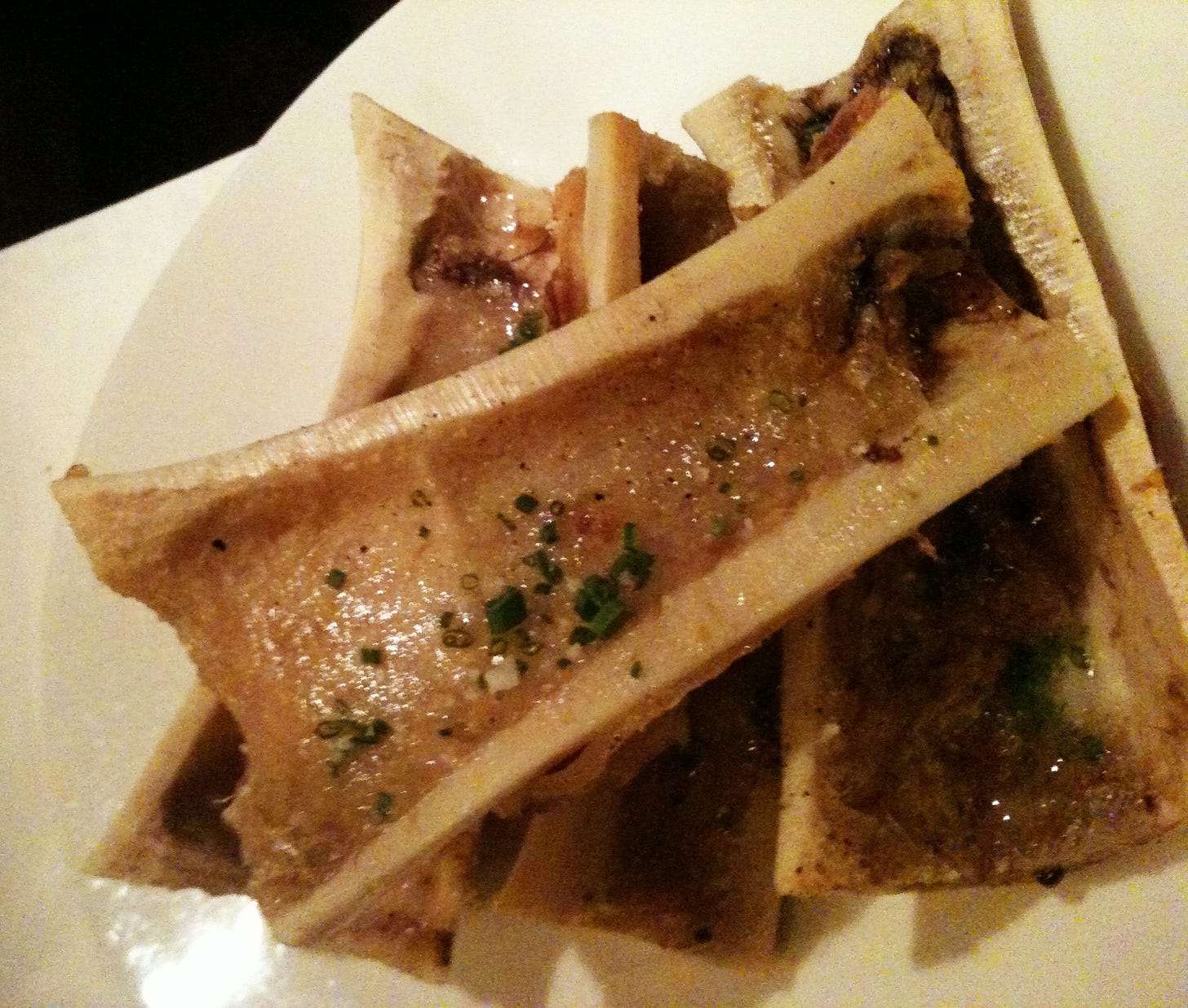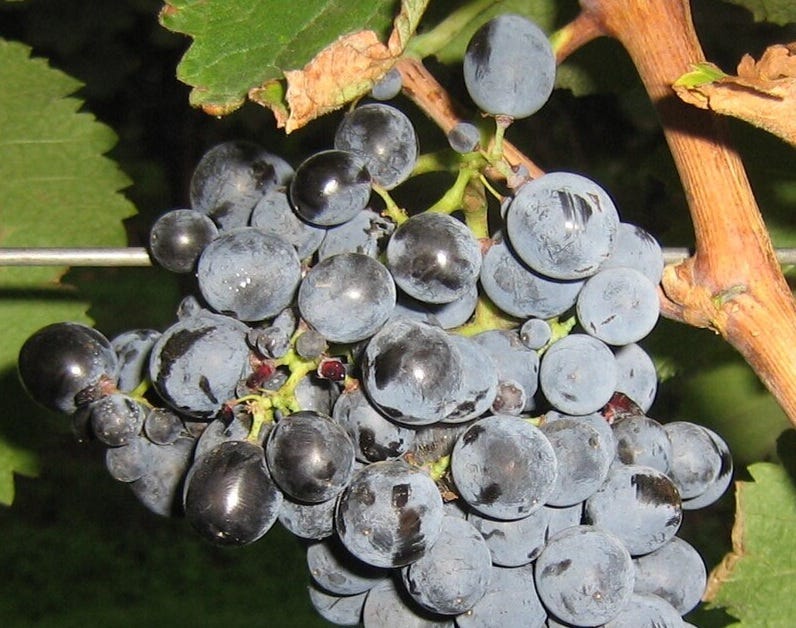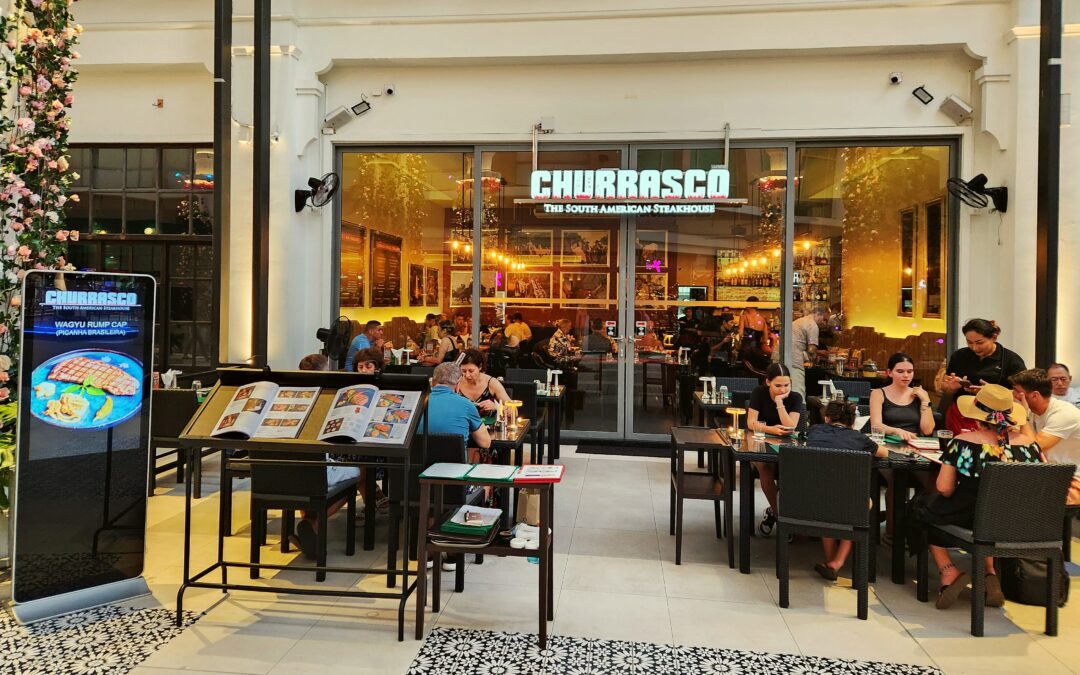
by lspeed | Aug 10, 2025 | RESTAURANT BUSINESS: BEHIND THE KITCHEN DOOR
THE RESTAURANT INSIDER: WHAT’S NEW?
Discover Our Latest News & Updates Here:
BLACK BOX: RANTS, RAVES, REVIEWS & RECIPES
KNOWLEDGE: MEAT ESSENTIALS
WINES: UNCORKING THE MYSTERY
LIQUORS: LIFT YOUR SPIRITS
DECODING GRAPES: FROM VINES TO VINTAGE
RESTAURANT BUSINESS: BEHIND THE KITCHEN DOOR
ACCESS ALL ARCHIVED STORIES HERE:
_ _ _
© CHURRASCO PHUKET STEAKHOUSE / ALL RIGHTS RESERVED
Reprinting, reposting & sharing allowed, in exchange for a backlink and credits
Churrasco Phuket Steakhouse serves affordable Wagyu and Black Angus steaks and burgers. We are open daily from 12noon to 11pm at Jungceylon Shopping Center in Patong / Phuket.
We are family-friendly and offer free parking and Wi-Fi for guests. See our menus, reserve your table, find our location, and check all guest reviews here:
Home
#Churrascophuket #jungceylon #phuketsteakhouse #affordablewagyu #wagyu

by lspeed | Aug 10, 2025 | KNOWLEDGE: MEAT ESSENTIALS
Bone Marrow, an overlooked ingredient, makes for some of the more interesting steakhouse dishes. Seasoned chefs learn to understand its value, and have started to take it on the narrow road to Haute Cuisine. Across continents, however, local cooks have used marrow in myriad ways and for centuries, not just to flavor broths, but to anchor dishes that reflect their culture and culinary history.
Let’s look at some of them:
France: Os à Moelle
In French cuisine, bone marrow isn’t a novelty, it’s a building block. Os à Moelle (Roasted Marrow Bones), appear frequently in traditional bistro cooking. The technique is simple: beef bones are cut canoe-style or crosswise and roasted until the marrow becomes molten. It’s served with sea salt, grilled bread, and often a parsley salad with capers or shallot vinaigrette to balance the richness. Beyond stand-alone dishes, marrow is folded into sauces, such as Sauce Bordelaise, where it enriches a red wine and shallot reduction poured over grilled meats.
Italy: Ossobuco alla Milanese
In Milan, bone marrow is the center poece of Ossobuco, a slow-braised veal shank. The bones are cross-cut, allowing the marrow to seep into the braising liquid as it cooks with white wine, aromatics, and sometimes tomato. What’s left is a fork-tender cut of meat and a softened marrow core that’s often spooned out and eaten directly from the bone. Traditionally served with saffron risotto, Ossobuco relies on marrow not just for richness but for mouthfeel and finish.
Mexico: Tuétano
Mexican chefs have created Tuétano for generations. In rural kitchens and street-side taquerías alike, marrow bones are split, roasted, and served with warm corn tortillas, salsa, lime, and fresh herbs. The marrow is scooped onto the tortilla and eaten like a taco. In traditional soups like Caldo de Res, marrow bones are simmered for hours, forming the backbone of the broth. The flavor is unfiltered and comforting.
Vietnam: Phở Bò
Vietnamese Phở isn’t just an iconic national noodle soup, it’s a masterclass in bone broth technique. In Phở Bò, marrow bones simmer gently for up to 12 hours with spices like star anise, clove, and charred ginger and onion. The slow extraction of marrow gives the broth its signature sheen and silkiness. In some Hanoi shops, cooks serve roasted or boiled marrow bones alongside the bowl. Diners are encouraged to scoop the marrow directly onto the noodles or enjoy it with a splash of lime.
Philippines: Bulalo
Bulalo, a beef shank and vegetable soup, is made by simmering large marrow bones with sweet corn, cabbage, potatoes, and onions. The bones infuse the broth with fat and body, while the marrow itself is prized by diners. Bulalo is a communal dish, served hot in big bowls, often shared among family or friends. Eating the marrow is part of the fun, usually done with a spoon.
United Kingdom: Traditional Bone Dishes
British cooking sees marrow in soups and pies. Dishes like Beef Shin and Marrowbone Stew, or Mince and Marrowbone Pie reflect practical, resourceful use of animal parts. In earlier centuries, marrow was also used as a spread, much like butter, on toast. Modern British chefs, into the reviving of nose-to-tail dining, have reintroduced marrow to menus. Fergus Henderson’s roast bone marrow with parsley salad and sourdough became an iconic dish, proving that even in minimal presentation, marrow can deliver maximal flavor.
Indonesia: Sop Buntut
Indonesia oc tail soup, sop buntut, is a familiar way to enjoy marrow-infused broth. While the oxtail meat is the main protein, the bones release collagen and marrow during cooking, creating a broth that is both clear and rich. The seasoning of clove, nutmeg, garlic, and fried shallots balances the marrow’s natural fattiness. Sop buntut is often garnished with a squeeze of lime or a spoonful of sambal. The marrow provides the base note, anchoring the soup in comfort and depth.
Argentina: Asado con Tuétano
In Argentina, bone marrow shows up at the grill. During a traditional Asado (the national barbecue ritual) large beef bones filled with marrow are placed directly on the grill alongside ribs, sausages, and steaks. The marrow bubbles and smokes in its cavity, picking up flavor from the fire. Grillers often serve it simple, with coarse salt and a bit of chimichurri. Diners scoop it onto bread or eat it straight from the bone. In some regions, marrow is even used as a natural basting agent for meats mid-grill to enhance flavor and juiciness.
Brazil: Mocotó and Feijoada
In Brazil, one marrow-rich dish is Mocotó, a stew made from cow’s feet and marrow bones, slow-cooked with beans, vegetables, and sometimes cassava. The gelatin from the bones thickens the broth naturally, and the marrow softens into it, giving the dish its comforting richness. And Feijoada, Brazil’s famous black bean stew, sometimes includes marrow bones along with various pork cuts. Though not always visible in the final dish, the marrow contributes to its complexity, especially when cooked over a low fire for hours.
Image Credit: https://commons.wikimedia.org/w/index.php?curid=131078009
_ _ _
© CHURRASCO PHUKET STEAKHOUSE / ALL RIGHTS RESERVED
Reprinting, reposting & sharing allowed, in exchange for a backlink and credits
Churrasco Phuket Steakhouse serves affordable Wagyu and Black Angus steaks and burgers. We are open daily from 12noon to 11pm at Jungceylon Shopping Center in Patong / Phuket.
We are family-friendly and offer free parking and Wi-Fi for guests. See our menus, reserve your table, find our location, and check all guest reviews here:
https://ChurrascoPhuket.com/
#Churrascophuket #jungceylon #phuketsteakhouse #affordablewagyu #wagyu
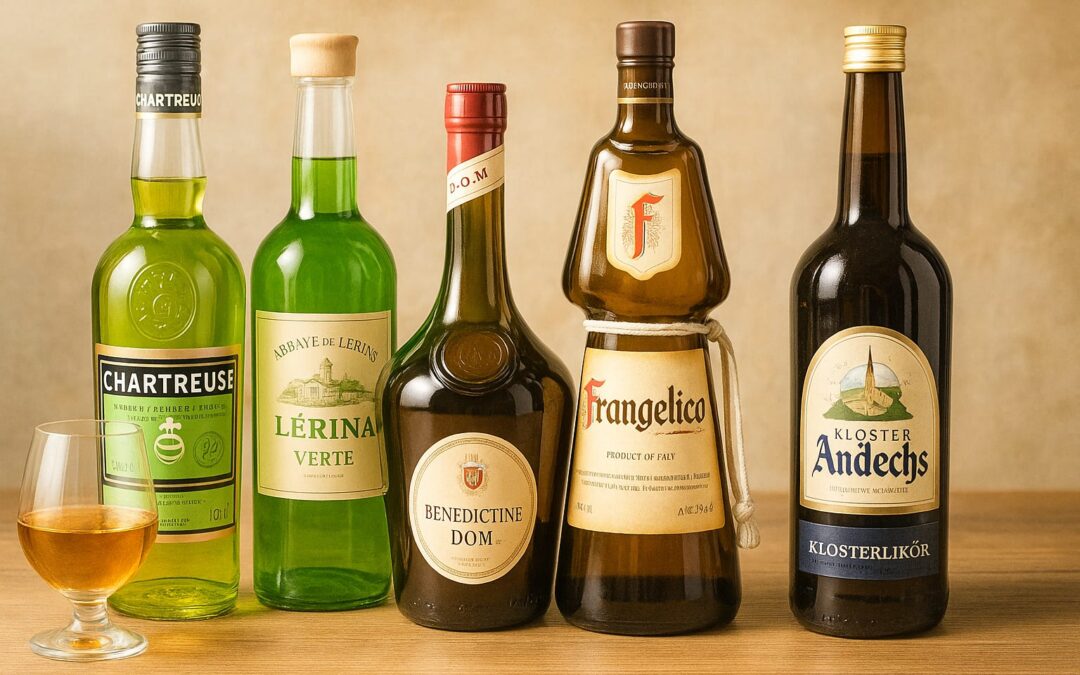
by lspeed | Aug 10, 2025 | LIQUORS: LIFT YOUR SPIRITS
For centuries, monastic communities have produced herbal liqueurs and spirits, originally as medicinal remedies rooted in cloistered knowledge of plants, fermentation, and distillation. These liqueurs often carry not only religious significance but also cultural and historical weight, representing some of the oldest continuously crafted beverages in the world. While most are associated with European Catholic orders, a few lesser-known examples and adaptations can be found in other regions as well. Here are some of the better known ones:
1. Chartreuse (France)
Order: Carthusian monks
Established: 1737 (recipe origin: 1605)
Location: Grande Chartreuse monastery, Isère, France
Chartreuse is the most authentic and prominent monastic liqueur still in production today. The Carthusian monks produce two main types: Green Chartreuse (55% ABV) and Yellow Chartreuse (40% ABV), both made from a secret blend of 130 herbs and plants. The formula originates from a 1605 manuscript given to the monks, which they adapted into a tonic known as Elixir Végétal de la Grande-Chartreuse in 1737.
Only two monks at any time know the complete recipe. The liqueur is distilled in Voiron and aged in oak barrels in the Chartreuse Mountains. Despite global demand, the monks announced in 2023 that they would not increase production, citing ecological concerns and a desire to maintain their monastic focus. Chartreuse is widely used in classic cocktails such as the Last Word and the Bijou, as well as sipped neat as a digestif.
2. Bénédictine (France)
Order: Originally Benedictine monks (modern version secular)
Established: Recipe attributed to 1510; commercial production since 1863
Location: Fécamp, Normandy, France
Bénédictine liqueur was inspired by a recipe said to have been developed by Benedictine monks at Fécamp Abbey in the early 16th century. Production ceased during the French Revolution. In 1863, wine merchant Alexandre Le Grand revived the formula and launched the liqueur under the label D.O.M. Bénédictine (“Deo Optimo Maximo”).
Today, Bénédictine is produced by Bacardi-Martini. Though no longer monastic in production, it retains branding and lore that emphasize its abbey origins. The liqueur contains 27 herbs and spices, with a profile that’s sweeter and more citrus-forward than Chartreuse. It is used in the B&B (Bénédictine and Brandy) and in culinary applications.
3. Kloster Andechs Liqueurs (Germany)
Order: Benedictine monks of Andechs Abbey
Established: Spirits since the 15th century (modern distillation ongoing)
Location: Andechs, Bavaria, Germany
Andechs Abbey is one of the few active Benedictine monasteries in Europe producing both beer and spirits. The monks craft small batches of traditional herbal liqueurs and fruit brandies, including Klosterlikör, a bitter herbal digestif. They also produce Obstler (fruit brandy from apples and pears), following traditional monastic distillation methods.
Products are mostly sold on-site or through regional retailers. Proceeds support the monastery’s upkeep and charitable works.
4. Abbaye de Lérins Liqueurs (France)
Order: Cistercian monks
Established: Distillation began in the 1990s
Location: Île Saint-Honorat, near Cannes, France
Located on a small island off the French Riviera, the Cistercian monks of Lérins Abbey produce limited quantities of liqueurs and fortified wines. Their products include Lérina Verte and Lérina Jaune, herbal spirits inspired by Chartreuse, as well as fruit-based liqueurs made with walnuts, mandarins, or verbena.
All products are made by the monastic community, with ingredients often grown on the island. Sales are direct to consumers or via the abbey’s website. Production remains intentionally small-scale.
5. Elixir Végétal (France)
Order: Carthusian monks
Established: 1737
Location: Same as Chartreuse
Separate from Chartreuse liqueur, the Elixir Végétal de la Grande-Chartreuse is the original 69% ABV herbal tonic developed by the Carthusians. It is sold in 100 ml bottles housed in small wooden cases and still used in traditional ways: diluted in sugar water or on a sugar cube as a tonic or digestive aid. Though medicinal in origin, it is legally classified as a spirit.
6. Orthodox Monasteries (Eastern Europe & Greece)
Orders: Various Orthodox Christian monastic communities
Products: Raki, tsipouro, fruit and herbal liqueurs
Monastic communities in countries like Greece, Serbia, Bulgaria, and Romania often produce their own tsipouro, raki, or homemade fruit liqueurs using grapes, cherries, plums, and herbs. Production is largely for local use or monastery shops, not for export or large-scale branding.
Mount Athos in Greece, for example, produces spirits from monastery-grown grapes, while Serbian monasteries often make walnut and cherry liqueurs for religious festivals. These are made with traditional techniques and are part of monastic self-sufficiency, though rarely marketed internationally.
7. Mount Saint Benedict (Trinidad and Tobago)
Order: Benedictine monks
Products: Bay rum and herbal preparations
Though not a liqueur in the modern sense, Mount Saint Benedict Abbey in Trinidad produces bay rum, a traditional Caribbean herbal tonic made with alcohol and essential oils. While used externally, it reflects the same monastic interest in herbal preparations. The abbey has also developed herbal bitters and teas with therapeutic intent.
8. Holy Transfiguration Monastery (Australia)
Order: Eastern Orthodox monks
Products: Cherry and walnut liqueurs (limited)
A small Orthodox monastery in Victoria, Australia, reportedly produces small batches of cherry and walnut liqueurs using traditional methods. These are typically available through monastery gift shops and are made from local fruit and herbs. Production is artisanal and supports the religious community.
9. North American Trappist Monasteries
Orders: Trappist (Cistercian)
Notable locations: New Clairvaux Abbey (California), St. Joseph Abbey (Louisiana)
Products: Primarily beer and wine; limited interest in spirits
While Trappist monasteries in North America focus more on beer and wine, some have expressed interest in distillation. For example, New Clairvaux Abbey in California partnered with Sierra Nevada Brewing Company to produce monastic-style beers. Liqueur production has been explored, but no sustained spirit distillation exists to date.
10. Buddhist and Asian Monastic Traditions
Regions: Japan, China
Products: Herbal infusions, sometimes preserved in alcohol
In Buddhist traditions, alcohol consumption is generally discouraged. However, historical records from Japanese and Chinese temples mention the use of herbal infusions preserved in alcohol for medicinal use. These were not consumed as recreational drinks but served a functional role similar to monastic elixirs in Europe.
Image Credit: https://churrascophuket.com
_ _ _
© CHURRASCO PHUKET STEAKHOUSE / ALL RIGHTS RESERVED
Reprinting, reposting & sharing allowed, in exchange for a backlink and credits
Churrasco Phuket Steakhouse serves affordable Wagyu and Black Angus steaks and burgers. We are open daily from 12noon to 11pm at Jungceylon Shopping Center in Patong / Phuket.
We are family-friendly and offer free parking and Wi-Fi for guests. See our menus, reserve your table, find our location, and check all guest reviews here:
https://ChurrascoPhuket.com/
#Churrascophuket #jungceylon #phuketsteakhouse #affordablewagyu #wagyu
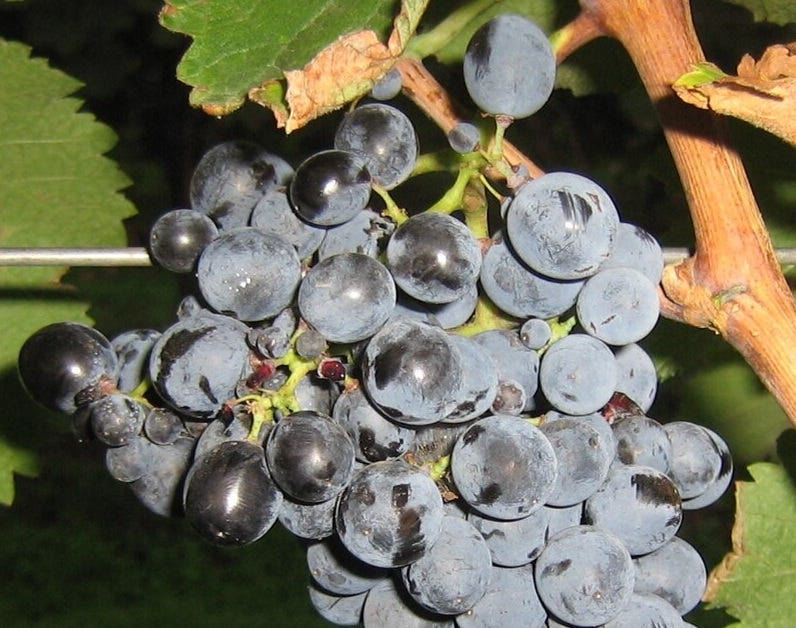
by lspeed | Aug 10, 2025 | WINES: UNCORKING THE MYSTERY
Saperavi is perhaps the world’s oldest distinctive red grape variety, hailing from the Caucasus nation of Georgia, where winemaking dates back over 8,000 years. The name Saperavi means “dye” or “to paint” in Georgian—a fitting term for this deeply pigmented, teinturier grape, which uniquely has red flesh as well as red skin. This genetic trait sets it apart from most red wine grapes, which typically have clear pulp.
Historically cultivated in Georgia’s eastern Kakheti region, Saperavi has become emblematic of the country’s winemaking heritage. It thrives in Kakheti’s continental climate, especially in vineyards around Telavi and the Alazani River Valley. Over centuries, it has developed a strong resistance to cold and disease, making it a reliable cultivar even in marginal years.
Saperavi grapes produce full-bodied, deeply colored wines with high acidity and robust tannin structure. The flavor profile typically includes black cherry, plum, mulberry, blackcurrant, and earthy undertones, often with hints of licorice, leather, and smoke as the wine ages. Its naturally high acidity allows for long aging potential, and its firm tannins give it excellent structure. Oak aging enhances complexity, although traditional Georgian methods favor clay qvevri vessels buried underground.
What truly distinguishes Saperavi, apart from its teinturier nature, is its versatility. It is made into dry reds, semi-sweets, fortified wines, and traditional qvevri wines. The dry style, often aged in oak, is bold and complex. Meanwhile, semi-sweet versions, like those from the Kindzmarauli and Akhasheni appellations, are rich and fruit-forward, balancing sweetness with refreshing acidity.
In recent decades, Saperavi has gained international attention. It’s now grown in countries with cooler climates such as Russia, Ukraine, Moldova, Armenia, and increasingly in New World wine regions like Australia and the Finger Lakes of New York, where its cold-hardiness and deep color are valued. While Georgian Saperavi tends to emphasize tradition and terroir, New World producers often explore more modern styles.
Modern winemakers in Georgia are experimenting with blending Saperavi with international varieties or vinifying it using both traditional qvevri and European methods to suit a broader global palate. As global wine consumers seek more authenticity and indigenous grapes, Saperavi has become a leading ambassador of Georgian viticulture.
Despite its growing global recognition, Saperavi remains deeply tied to Georgia’s national identity. Many Georgian families still produce their own Saperavi at home, and the grape features heavily in regional wine festivals and hospitality rituals. It is not merely a commercial crop, but a cultural artifact—representing resilience, continuity, and deep-rooted tradition.
For wine enthusiasts seeking something bold yet different, Saperavi offers a compelling alternative to better-known grapes like Cabernet Sauvignon or Syrah. Its capacity for aging, its dark color, and its uniquely Georgian character make it one of the most exciting heritage varietals on the market today.
Image Credit: https://wikipedia.org
_ _ _
© CHURRASCO PHUKET STEAKHOUSE / ALL RIGHTS RESERVED
Reprinting, reposting & sharing allowed, in exchange for a backlink and credits
Churrasco Phuket Steakhouse serves affordable Wagyu and Black Angus steaks and burgers. We are open daily from 12noon to 11pm at Jungceylon Shopping Center in Patong / Phuket.
We are family-friendly and offer free parking and Wi-Fi for guests. See our menus, reserve your table, find our location, and check all guest reviews here:
https://ChurrascoPhuket.com/
#Churrascophuket #jungceylon #phuketsteakhouse #affordablewagyu #wagyu
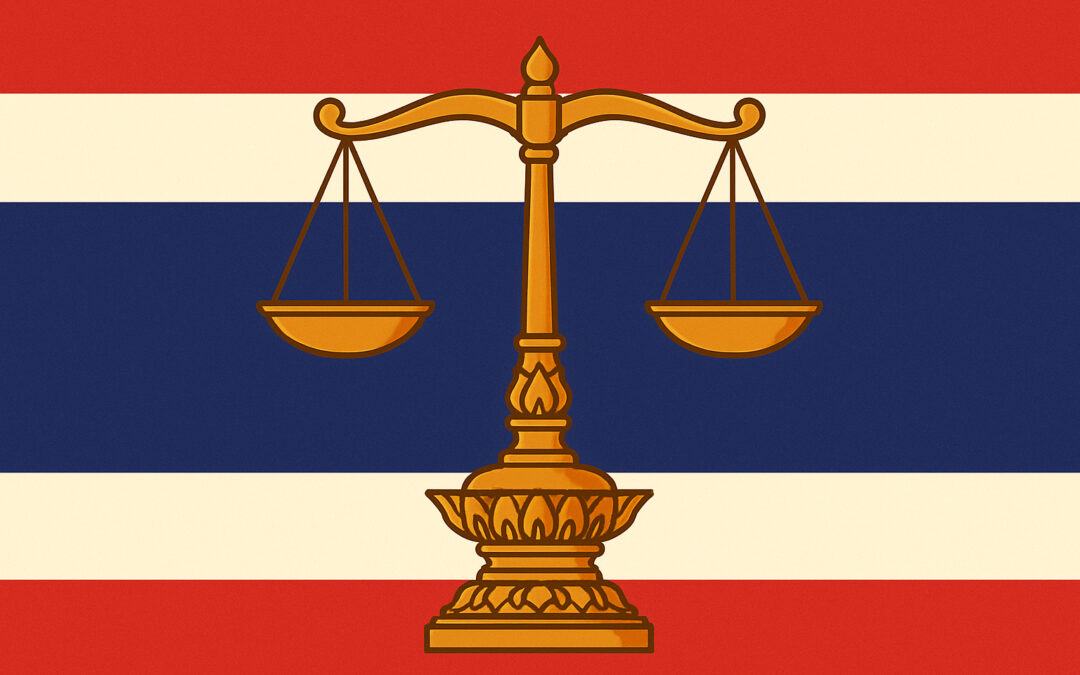
by lspeed | Aug 3, 2025 | RESTAURANT BUSINESS: BEHIND THE KITCHEN DOOR
Whether praising a beachfront bungalow or complaining about a disappointing dinner, travelers turn to Google, TripAdvisor, or social media to share their experiences. But in Thailand, the legal consequences of what you write can become a lot more serious than many tourists expect.
Thailand is an amazing and welcoming country, but it has very strict defamation and cybercrime laws that apply to anyone within its jurisdiction – including visitors. While fair and honest reviews are welcomed by businesses and other travelers alike, reviews that are overly harsh, misleading, or accusatory expose the reviewer to criminal or civil liability – even if they believe them to be justified.
Here’s what you need to know and carefully consider:
Defamation Is a Criminal Offense in Thailand
Most countries handle defamation as a civil matter. Thailand treats it as a criminal offense. Under Sections 326–328 of the Thai Criminal Code, defamation is defined as making a statement about someone that could damage their reputation, expose them to hatred, or lower their status in the eyes of others. If the statement is made publicly, such as through an online review, the potential penalties increase. Reviewers could face up to two years in prison, a fine of up to 200,000 baht (about USD 5,500), or both.
This doesn’t mean that writing any negative review will land you in legal trouble. But it does mean that:
The Computer Crime Act Adds Another Layer
Thailand’s Computer Crime Act (CCA), especially Section 14, is often used in tandem with defamation laws. It makes it a criminal offense to input false information into a computer system that could cause harm to others. For example, posting a negative review on a website or social media platform that contains what a business claims is false or misleading information could fall under this law. The penalties are significant—up to five years in prison, a fine of 100,000 baht, or both. This law has been used in past cases where negative reviews led to arrests and legal disputes, especially in cases involving small hotels or restaurants that believed their reputation had been unfairly tarnished.
Real-World Precedents
One notable case occurred in 2020, when a foreign guest posted a negative review of a resort on Koh Chang. The hotel filed a complaint, and the guest was briefly detained under both defamation and computer crime charges. The case was eventually resolved through mediation, but it drew global attention and highlighted the potential risks for tourists unaware of local laws. Other businesses have taken similar actions in response to reviews they deemed false or damaging, especially when they included accusations of illegal or unethical behavior.
What’s Safe to Say in a Review?
Thailand’s laws don’t prohibit honest opinions or fair criticism. The key is to:
-
Stick to personal experience: Describe what happened without assuming motives or making unprovable claims.
-
Use neutral language: Say “The service was slow” instead of “The staff were lazy.”
-
Avoid broad accusations: Never claim a specific restaurant gave you food poisoning, unless you’ve had it medically confirmed and in writing.
-
Refrain from insults: Calling a business “a scam” or “a fraud” are grounds for legal action, unless you can prove it.
It’s perfectly acceptable to express disappointment or frustration. Just be sure your review is constructive, fact-based, and written in good faith.
Practical Advice for Tourists
-
If you have a serious issue with a hotel or restaurant, raise it with management first. Many problems can be resolved on the spot.
-
If you do choose to write a negative review, consider doing so once you’ve returned home, where different legal protections may apply.
-
Be aware that anonymous usernames won’t shield you from liability in Thailand. Authorities can trace online identities if a formal complaint is filed.
Final Thoughts
Thailand rightfully is one of the world’s most popular and loved travel destinations, with a thriving hospitality industry that values feedback. Most businesses welcome reviews and use them to improve. However, it’s important to understand that the legal landscape here is different, and sometimes stricter, than elsewhere. When in doubt, focus entirely on provable facts, keep your tone fair, and remember that constructive criticism goes further than anger.
Image Credit: https://churrascophuket.com
_ _ _
© CHURRASCO PHUKET STEAKHOUSE / ALL RIGHTS RESERVED
Reprinting, reposting & sharing allowed, in exchange for a backlink and credits
Churrasco Phuket Steakhouse serves affordable Wagyu and Black Angus steaks and burgers. We are open daily from 12noon to 11pm at Jungceylon Shopping Center in Patong / Phuket.
We are family-friendly and offer free parking and Wi-Fi for guests. See our menus, reserve your table, find our location, and check all guest reviews here:
https://ChurrascoPhuket.com/
#Churrascophuket #jungceylon #phuketsteakhouse #affordablewagyu #wagyu





